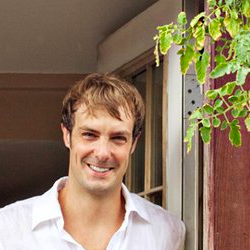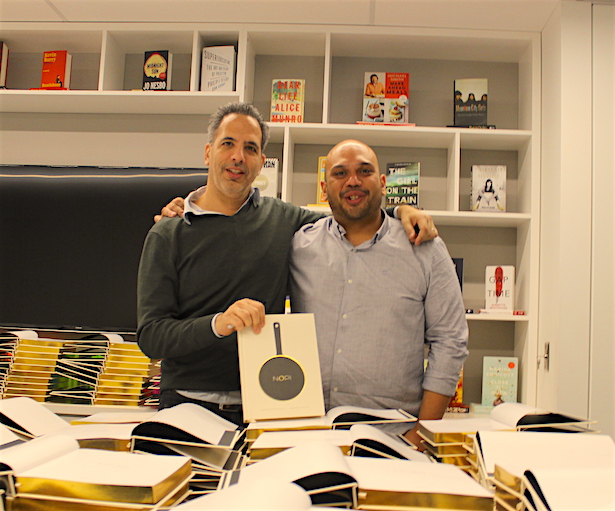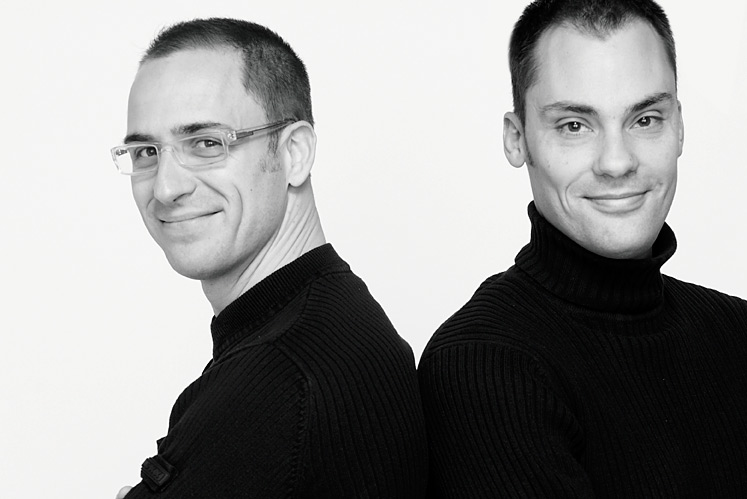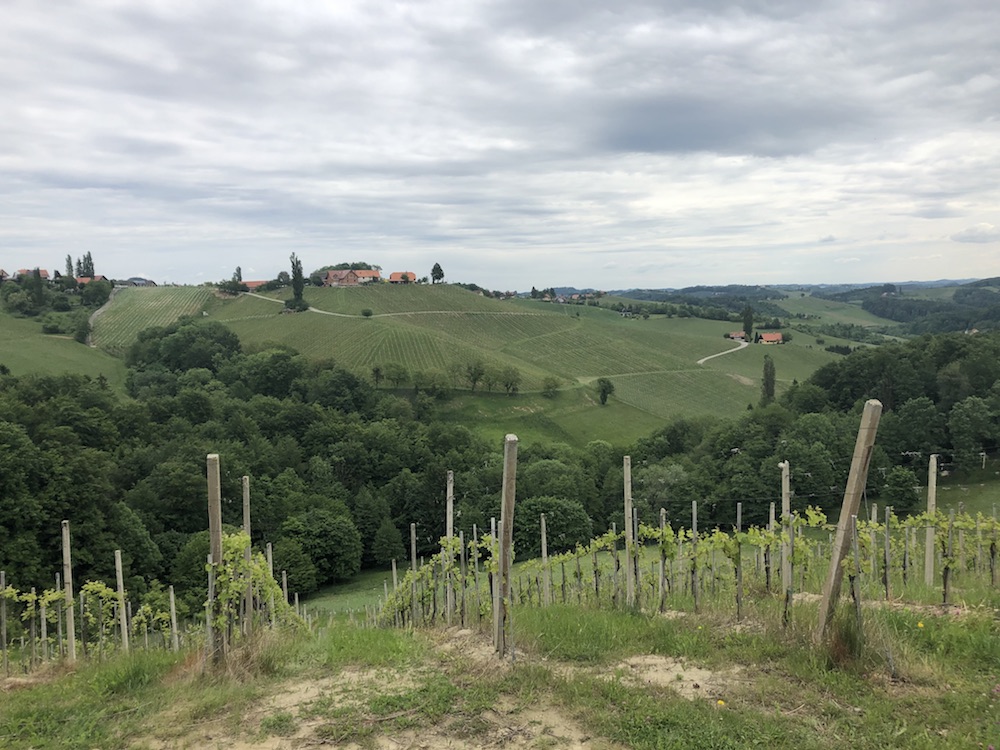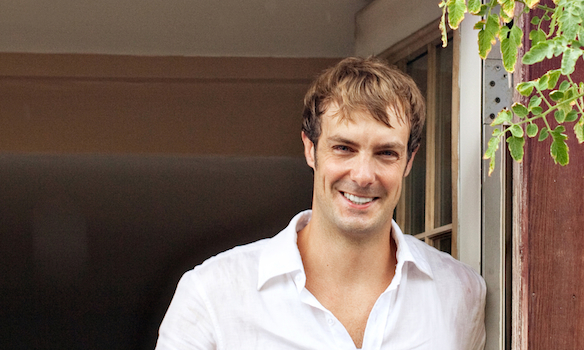
I spoke to Barton Seaver on the phone from Boston the day after the terrible bombings at the marathon. The chef, turned author, scholar, activist and National Geographic Fellow moved there in the last year, from his native Washington DC, to take the job of Health and Sustainable Food Program Director at the Harvard School of Public Health. Like many Bostonians, he was taking it easy that day, staying at home and catching up on some yard work when we connected around lunch time. Not far from him, would have been a standard issue 18″ Weber charcoal grill, the basis on which he conceived of and wrote Where There’s Smoke: Simple, Sustainable, Delicious Grilling his new cookbook dedicated to the smoky art of outdoor cooking.
The barbecue grilling cookbook genre is not one that is regularly accused of subtly or understatement, and if Guy Fieri hasn’t put out a grilling cookbook, then it can only be a matter time. But Where There’s Smoke defies meaty macho stereotypes: “I wanted to step away from that sort of masculine mystique, and if you look at the book it’s mostly about vegetables.”
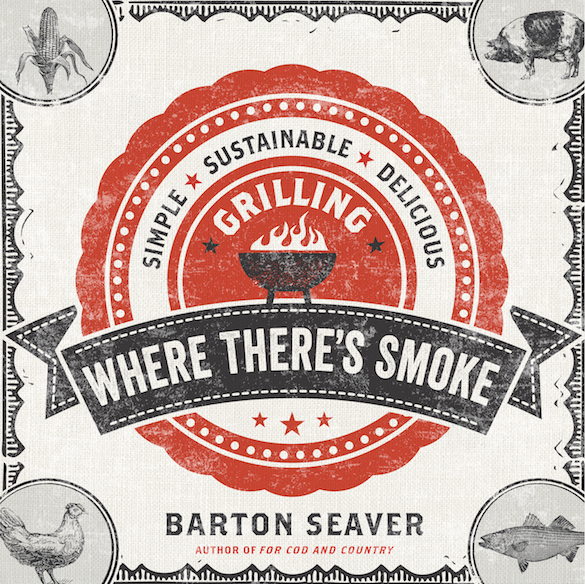
Seaver famously made the point, in his first cookbook For Cod and Country (and in a 2012 Terroir Symposium talk based on his advocacy for sustainable seafood found in it), that if we want to save the oceans, then we ought to eat more broccoli. That ethos is very much alive in Where’s There Smoke, which is less about applying fire to big hunks of meat than it is about constructing a whole (and balanced) meal. This is a grilling cookbook, for instance, with an entire section devoted to fresh garden herbs.
Seaver explained that he very consciously avoided writing about “protein-centered cuisine because that’s not really what grilling is about” and he adds that “there is a sharp difference between barbecue and grilling. To me, grilling is nothing more than dinner cooked over an open fire, as opposed to in a kitchen. Barbecue is its own method, cuisine and culture, and the two borrow from each other, certainly. But, what I love the most about grilling is the fact that it is inherently celebratory and communal. It brings together our family and friends and it makes the cooking into the main attraction. If you go to a backyard cookout, you’ll see that people cannot avoid this primal urge to stand near and poke at the fire.”
When I suggested that Where There’s Smoke is on trend, to the extent that (at least in the fine-dining scene) there is an increasing interest plant matter at the expense of animal, he agreed and riffing on the theme added:
“Yeah, that’s what makes eating a meal fun. A 26 ounce T-bone steak, loving prepared over a smoky, smouldering fire, dipped in red wine and soy sauce, basted slowly until it develops this crisp, charred crust on the outside and sweet, buttery tender on the inside – ooooh! Yeah! However, that a meal does not make. You’re going to be really tired of it after about three or four bites. So, you need some really good tomatoes with a really spicy olio nuovo and some shaved zucchini and carrot salad with a lemony dressing, braised broccoli served at room temperature with almonds and raisins and fresh watermelon, and to finish off the meal: grilled peaches, allowed to sit there as the fire dies. The burning embers will slowly impart their sexy, seductive, smoky veneer to [the dish] and by the time you’re done eating your entree, you’ll pull those slightly charred peaches off the grill, add a little balsamic vinegar and… oh my God, life is good! That is what this book is about. It’s about a diversity of textures and flavours.”
As if Seaver’s romantic vision of the grill wasn’t enough to recommend Where There’s Smoke, which in its own right is beautifully bound and seasoned with lush photographs of food and the author and his friends and family cooking and eating through three seasons of outdoor cooking, he adds a practical note:
“Many of [the dishes in Where There’s Smoke] can be made ahead of time, thus relieving some of the stress of entertaining. This is part of a kind of sustainability in three points. The first one is that I talk a little bit about the providence of the ingredients we use and the importance of making wise decisions about products being made responsibly. But equally important to the mission of sustaining or sustainability is not just the products we use, but how we use them and what we expect to gain from them. We eat to sustain ourselves. Does a 26 ounce T-bone steak sustain us? Not really. The diversity of tastes from vegetables, greens, grains – a beautiful fig sliced thinly and served to ten people, so they get this smoky bite of bacon rich meat, along with all these other accompaniments. Wow, OK. Yeah, that actually will sustain our bodies. And, the third part of the sustainability is, because a lot of [the dishes in Where There’s Smoke] can be prepared ahead of time and be delivered to the table at the peak of its quality, you’re also sustaining your sanity.”
Amen. The good food revolution hits the grill.
Where There’s Smoke may be bought at fine independent, culinarily focused shops like The Cook Book Store and Good Egg, in Toronto.
 Malcolm Jolley is the executive editor of Good Food Revolution. Follow him on Twitter at @malcolmjolley.
Malcolm Jolley is the executive editor of Good Food Revolution. Follow him on Twitter at @malcolmjolley.

